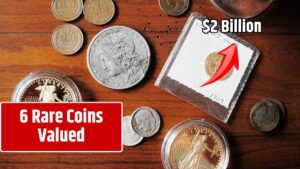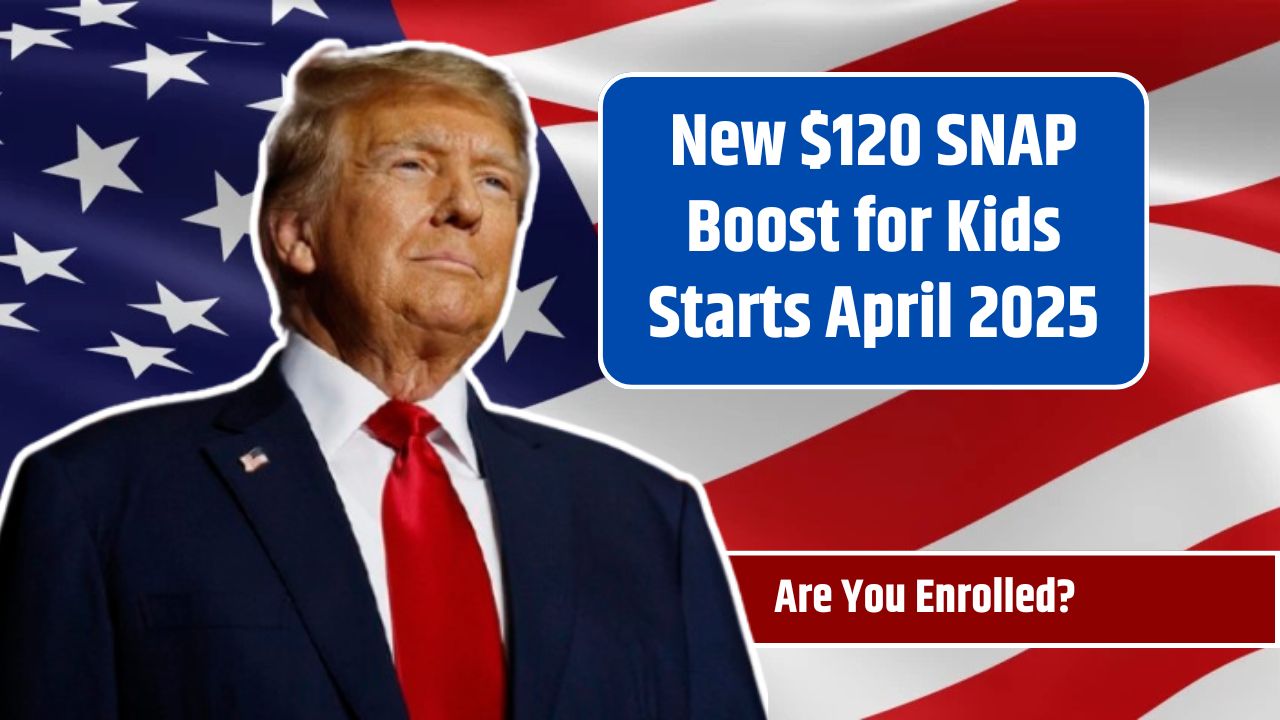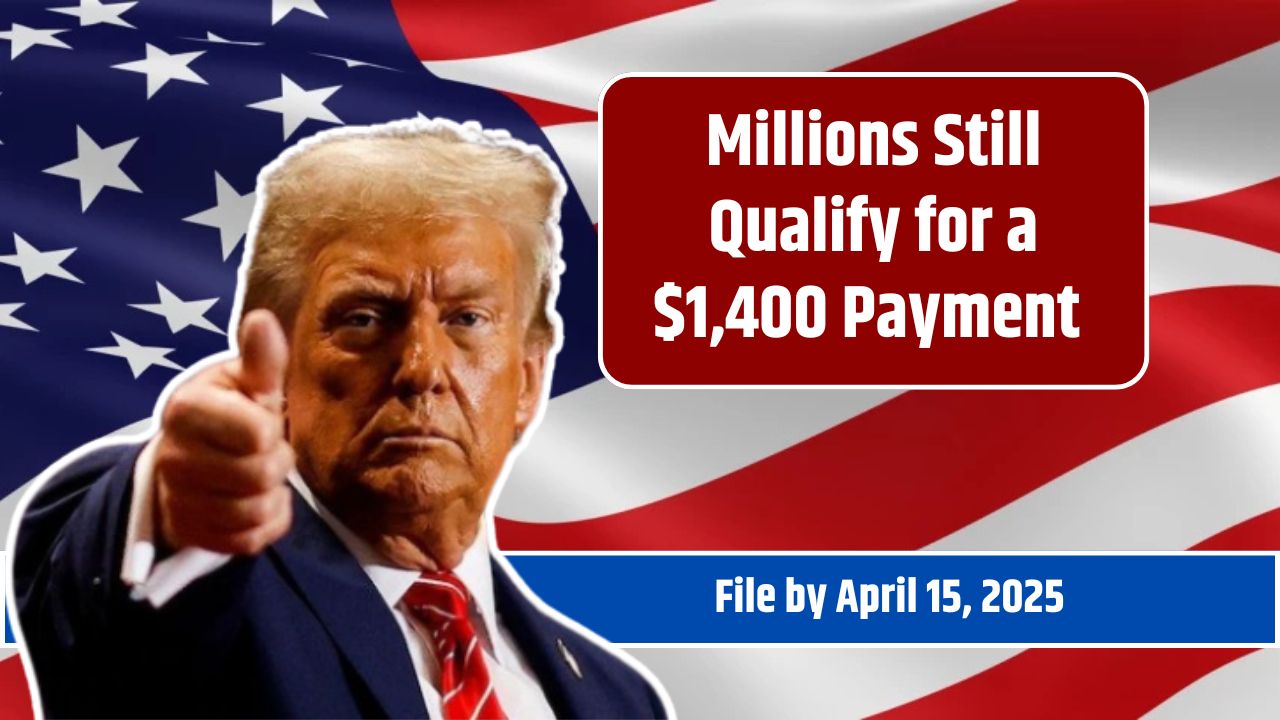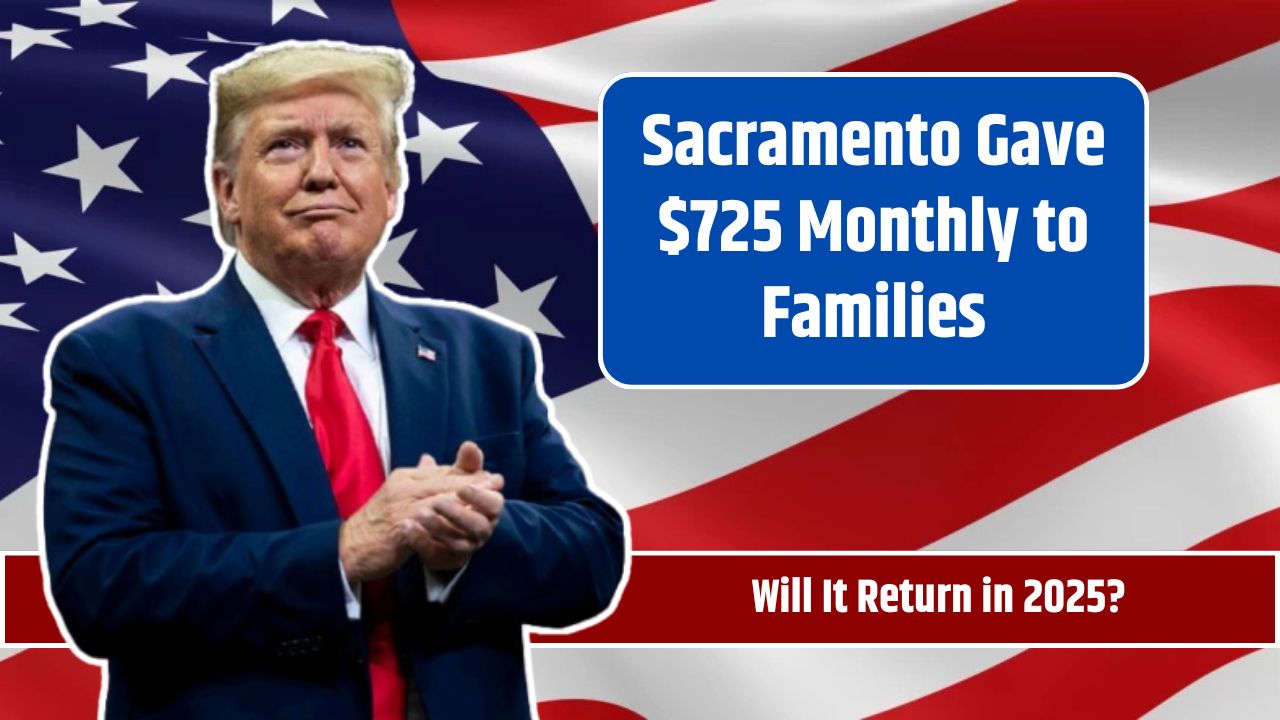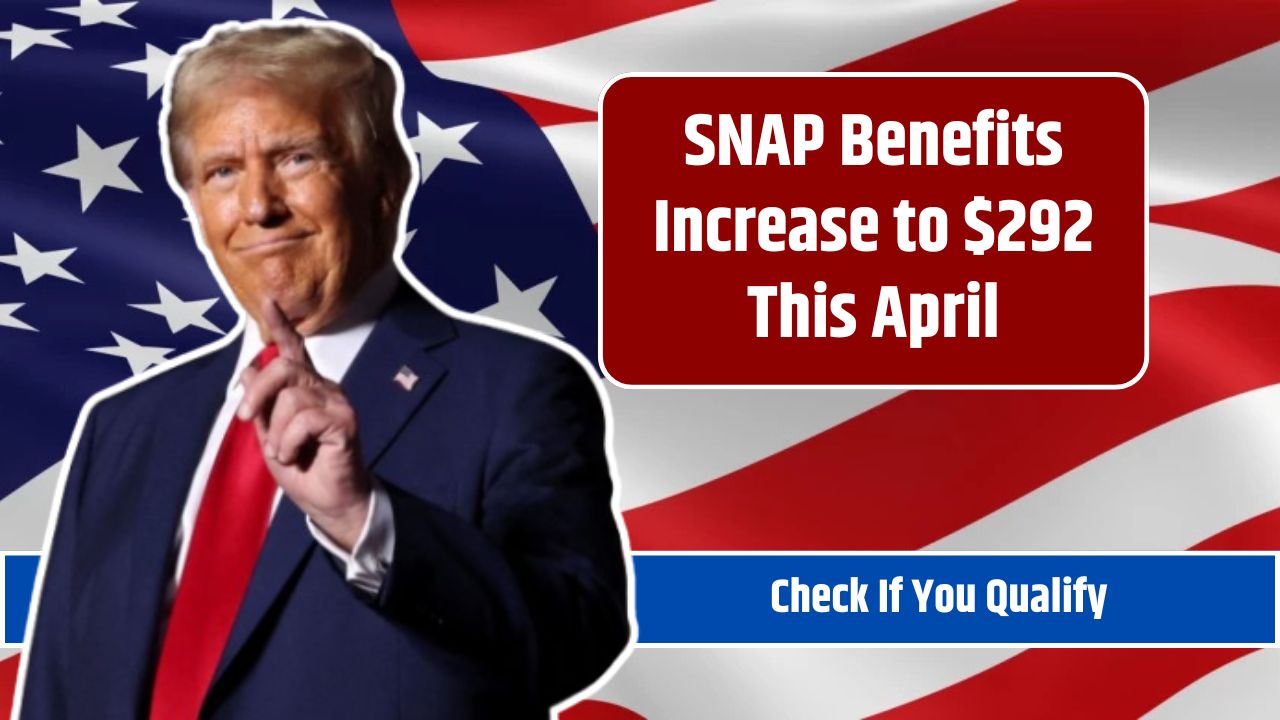Did you know that the spare change in your pocket might be worth a fortune? Experts estimate that over $5,050 billion in rare pennies and quarters are still in circulation, waiting to be discovered. Some of these coins have fetched thousands—even millions—at auction. From minting errors to historical rarities, the right quarter or penny could turn an ordinary person into an overnight millionaire.
In this guide, we’ll explore the most valuable pennies and quarters, why they’re worth so much, and how you can identify them. Whether you’re a casual collector or someone looking to make a profit, this information could help you spot a hidden gem.
Why Are Some Pennies and Quarters Worth a Fortune?
Not all coins are created equal. While most are worth only face value, a select few command astronomical prices. Here’s why:
- Minting Errors – Coins with misprints, double dies, off-center strikes, or wrong planchets are highly sought after.
- Limited Production Runs – Coins produced in small quantities or with unique variations become rare over time.
- Metal Composition – Some older pennies contain valuable metals like copper or bronze.
- Historical Significance – Coins tied to wartime or economic crises carry extra value.
- Condition (Grade) – Coins in mint or uncirculated condition fetch significantly higher prices.
The Most Valuable Rare Pennies
1. 1943 Copper Penny
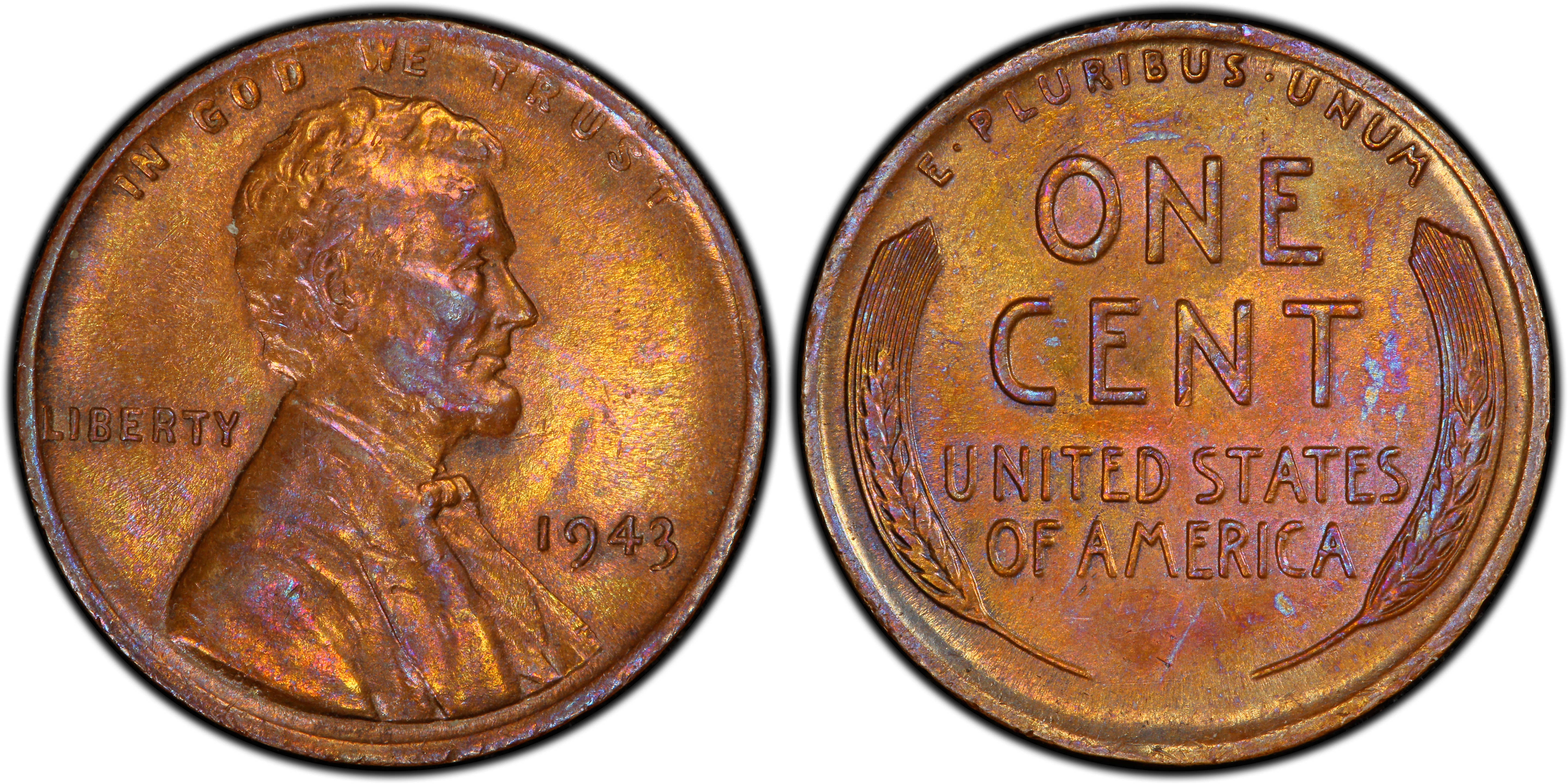
- Why It’s Rare: In 1943, pennies were made from steel due to copper shortages in WWII. A few copper pennies were mistakenly minted, making them extremely valuable.
- Estimated Value: Up to $840,000.
- How to Identify: Use a magnet—steel pennies stick, but real copper ones don’t!
2. 1955 Doubled Die Penny

- Why It’s Rare: A major misprint caused a clear doubling in the date and lettering.
- Estimated Value: $1,000 – $30,000, depending on condition.
- How to Identify: Look at “LIBERTY” and “IN GOD WE TRUST” for noticeable doubling.
3. 1969-S Doubled Die Obverse Penny
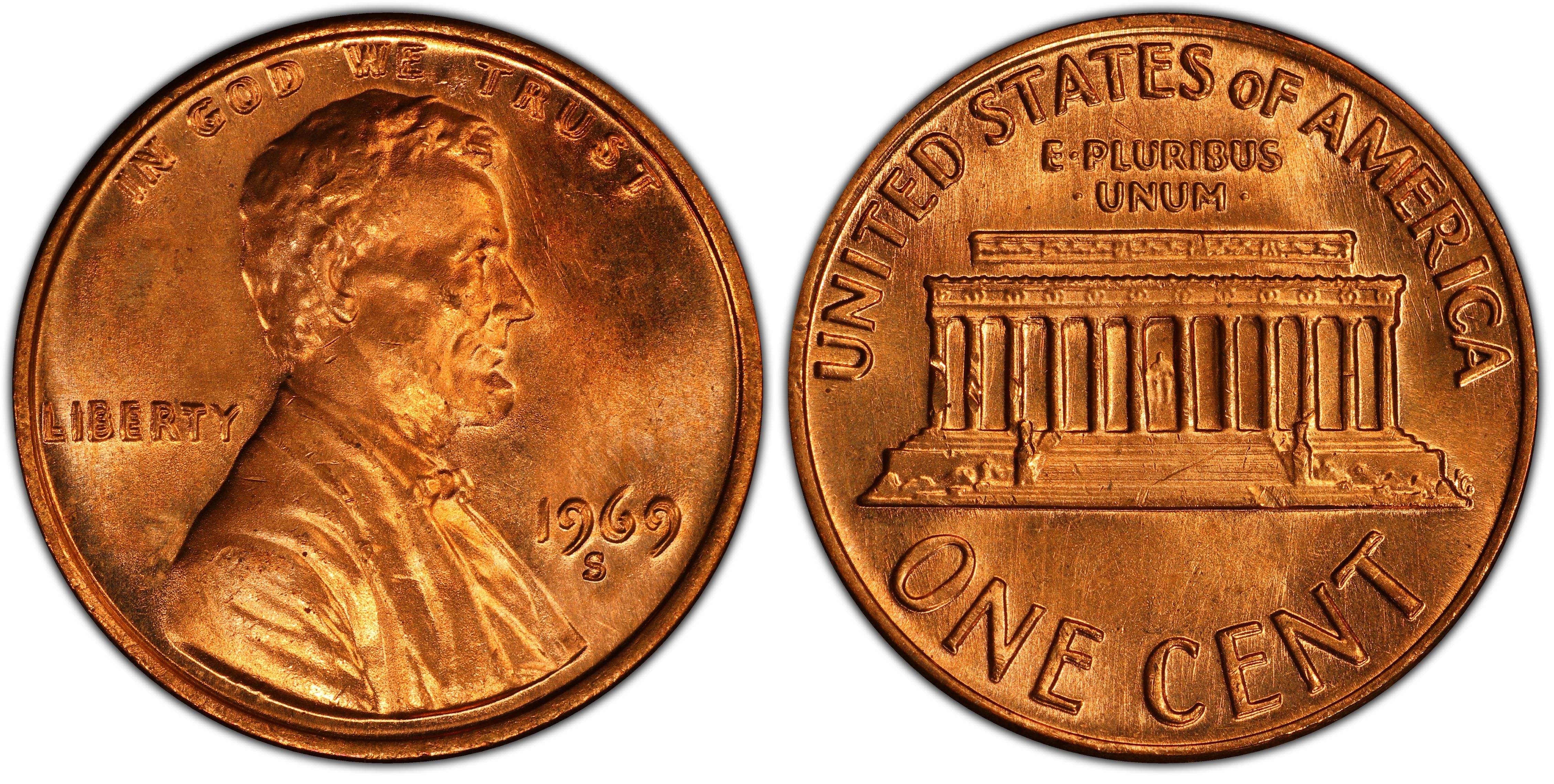
- Why It’s Rare: A rare doubling error on the obverse (front) side.
- Estimated Value: Up to $126,500.
- How to Identify: Examine the numbers and letters closely using a magnifying glass.
The Most Valuable Rare Quarters
1. 1970-S Proof Quarter (Struck on a 1941 Canadian Quarter)

- Why It’s Rare: This quarter was mistakenly struck on a 1941 Canadian coin.
- Estimated Value: $35,000+.
- How to Identify: Look for signs of a faint underlying Canadian design.
2. 1999-P Georgia State Quarter (Experimental Planchet)
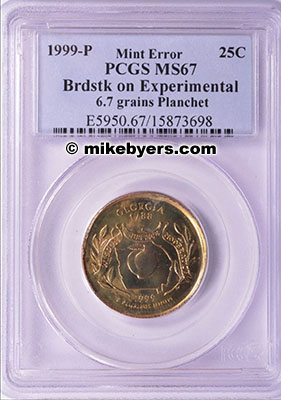
- Why It’s Rare: This quarter was struck on an experimental metal composition.
- Estimated Value: $10,000+.
- How to Identify: Compare its weight to a regular quarter; any difference signals an error.
3. 2004 Wisconsin State Quarter – Extra Leaf Error

- Why It’s Rare: A minting mistake added an extra leaf to the corn stalk on some quarters.
- Estimated Value: $300 – $6,000.
- How to Identify: Examine the corn’s leaf closely—two versions exist (High Leaf and Low Leaf).
How to Check If You Have a Valuable Coin
Step 1: Check the Year & Mint Mark
Certain years and mint marks are more valuable. Look for coins from 1943, 1955, 1969, 1970, 1999, and 2004. The mint mark (small letter under the year) indicates where it was made:
- P = Philadelphia
- D = Denver
- S = San Francisco (Proof coins)
Step 2: Look for Minting Errors
Common mint errors include:
- Doubled letters or numbers
- Off-center designs
- Unusual colors or planchet materials
Step 3: Assess Condition (Grade)
The better the condition, the more valuable the coin. Use a magnifying glass to check for:
- Minimal wear
- Sharp, clear details
- No scratches or discoloration
For high-value coins, consider professional grading through PCGS or NGC.
Step 4: Weigh the Coin
A coin’s weight can reveal hidden errors. Use a digital scale to compare:
- Pennies – Copper (pre-1982) weighs 3.11g, Zinc (post-1982) weighs 2.5g.
- Quarters – Normal quarters weigh 5.67g. Deviations may indicate a rare error.
Where to Sell Rare Coins
If you find a valuable coin, you have several selling options:
| Platform | Pros | Cons |
|---|---|---|
| Coin Dealers | Quick sale, professional valuation | May offer lower than market value |
| eBay | Large audience, bidding potential | Fees, risk of scams |
| Heritage Auctions | Trusted auction house, high-end buyers | Takes time, requires authentication |
| PCGS Marketplace | Certified coins sell for more | Grading fees apply |
Common Mistakes to Avoid
- Don’t clean your coins! – It lowers value by removing patina.
- Avoid selling too quickly. – Compare multiple offers.
- Watch out for fakes. – Use verified dealers and grading services.
Real-Life Success Stories
- 2019: A man found a 1943 Copper Penny in his pocket change—sold for $200,000!
- 2023: A Wisconsin family discovered a 2004 Extra Leaf Quarter in a coin jar—sold for $5,000 at auction.
Legal Compliance Tips
- Verify authenticity: Fake coins exist, so always get expert verification.
- Report high-value sales: Large transactions may be subject to capital gains tax.
- Understand state regulations: Selling coins at scale may require a dealer’s permit.
Hidden treasures are out there—you just need to know where to look. With patience, the right tools, and a bit of luck, you might just find a coin worth thousands or even millions. So, next time you check your pocket change, take a closer look. Your fortune might be hiding in plain sight!
FAQs
Are rare pennies and quarters still in circulation?
Yes! Many valuable coins are still found in change, bank rolls, or old collections.
How do I protect valuable coins?
Store them in coin flips, holders, or professional-grade cases to preserve their condition.
Should I get my coin graded?
For high-value coins, professional grading adds authenticity and can significantly increase resale value.
Can I find rare coins in bank rolls?
Yes! Many collectors hunt for rare coins by exchanging cash for rolls of pennies and quarters from banks.




